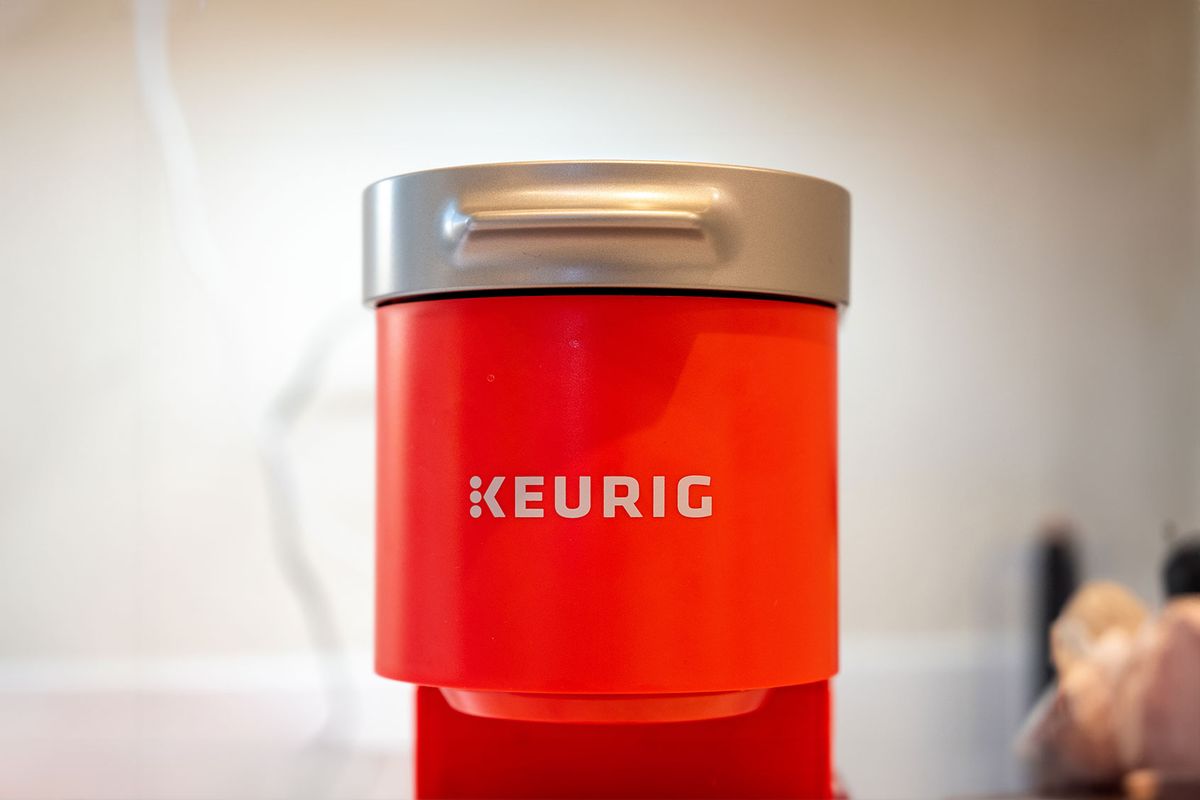Time tracking has a bad reputation. Employees often see it as a way for bosses to look over their shoulders and monitor their every move. Yet, there are many positives to time tracking purely from a business perspective. So why is time tracking so important? Let’s explore.
Time tracking is the process of logging the number of hours spent on projects, tasks, meetings or other business activities. It is mostly seen as a way for managers to see how long a particular task takes to complete, and if these individuals are fairly compensated. Furthermore, it indicates if a worker’s time is well spent because their skills might be applied better elsewhere.
Two types of logging work time exist, namely personal and project tracking. Personal time tracking looks at the individual’s time, and project time tracking looks at how much time is spent is a project.
Benefits of Time Tracking
There are a multitude of benefits for businesses. All of these benefits ultimately improve the bottom line and enhance the business operation.
1. Billing Clients and Delivering Projects
Perhaps the most important reason to use time tracking is to ensure billing of clients is accurate. Businesses delivering a service, be it design, installations, or anything else, require you to indicate what your hourly rate is and why you are billing them for a particular amount. Time tracking shows your clients how long it took to complete a particular service without guessing the amount of time, leading to over or undercharging them.
When it comes to larger projects, it helps your business show clients that the agreed-upon amount of time that they are paying for on a project has been reached. This keeps projects profitable
2. Improving Your Pricing
Similar to the previous point, understanding how much time is spent on a particular task helps accurately determine what the labour cost of a product is, as well as how to balance price with quality. Businesses are also then able to accurately quote clients on potential work to be done.
3. Manage the Team Better
With time-tracking tools, team leaders can better manage their teams. They can see who is available to take on certain projects, that overtime policies are complied with, and to evenly distribute work. What’s more, if you have carefully tracked data, then you are able to use it to encourage why additional team members need to be hired.
4. Improve Performance
Using time tracking helps to quantify employee costs, better calculate profit data and determine the performance of employees. The argument for this is that with timesheets, workers can see how much time they spend on certain tasks – leading to them streamlining their own workflow and feeling encouraged when completing a task ahead of the estimated time.
Furthermore, managers can provide workers with merit-based rewards for good performance.
5. Recordkeeping
With thorough logging of time spent on projects, these are also a good record of work that workers completed. Should there be a need to refer to these, the information is easy to access and up to date. In industries that require auditing, such records are vital and must be kept regardless.
Introduce Time Tracking to Employees
As mentioned at the beginning of this article, the idea of time tracking is often ill-received. Workers immediately assume that the dreaded micro-management monster is rearing its head in a company where they are extremely happy. Resistance is to be expected.
However, leadership within the company can ease this by communicating why this step is so important to the business. Explaining how the data is intended to be used will also further enhance employee’s understanding that time tracking isn’t only used as a watchdog for work (not) being done.
Share how time tacking benefits the business on multiple levels, from management down to the individual level.
How to Log Time
There are many ways to log the time spent on tasks. You can go old school and use a spreadsheet, but there are many other tools that can automate these processes for you. Monday.com, Clockify and ClickUp are just a few of the software solutions for time tracking. Tools like these help keep track of the time with minimal input from the user. Consider exploring some of these to see which fit best for your business.




















Discussion about this post